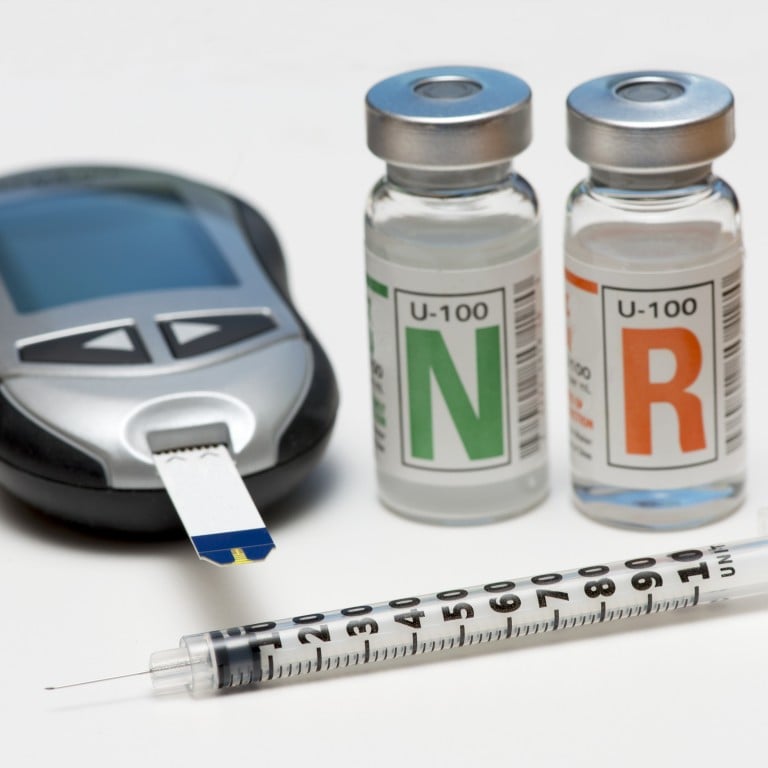
100 years of insulin: the history of life-saving discovery that changed the treatment of diabetes forever
- On World Diabetes Day, the Post’s Simon O’Reilly – a type 1 diabetic – explains how insulin works and the milestones that saw it become widely available in 1923
- Insulin technology has advanced significantly in the past century, from insulin pens and pumps to powder that is inhaled
This year’s World Diabetes Day on November 14 celebrates 100 years since insulin became widely available.
In 1923, type 1 diabetes changed from a terminal disease to a manageable chronic condition.
Since then, survival time after diagnosis has been extended from weeks or months to decades. Type 2 diabetes has become more easily manageable, even reversible.
Advances have made diabetics’ lives easier, but diabetes is still the ninth leading cause of death globally, according to the World Health Organization, and affects hundreds of millions of people (537 million in 2021). Type 2 diabetics make up 90 to 95 per cent of all cases.
How insulin saves my life
I was diagnosed with type 1 diabetes in 1996, aged 29, and saw the profound difference before and after my first insulin injections.
I am 6 feet 4 inches (193 centimetres) tall and in the few weeks before my diagnosis my weight dropped from around 90 kilograms (198 pounds) to less than 60kg.
From feeling nauseous, weak and really ill, I started perking up almost immediately after the first shot. I have taken insulin every day of my life since then.
Three days after my first injection, I had regained 6kg; a week later, I had put back on another 8kg and I quickly returned to my normal weight.
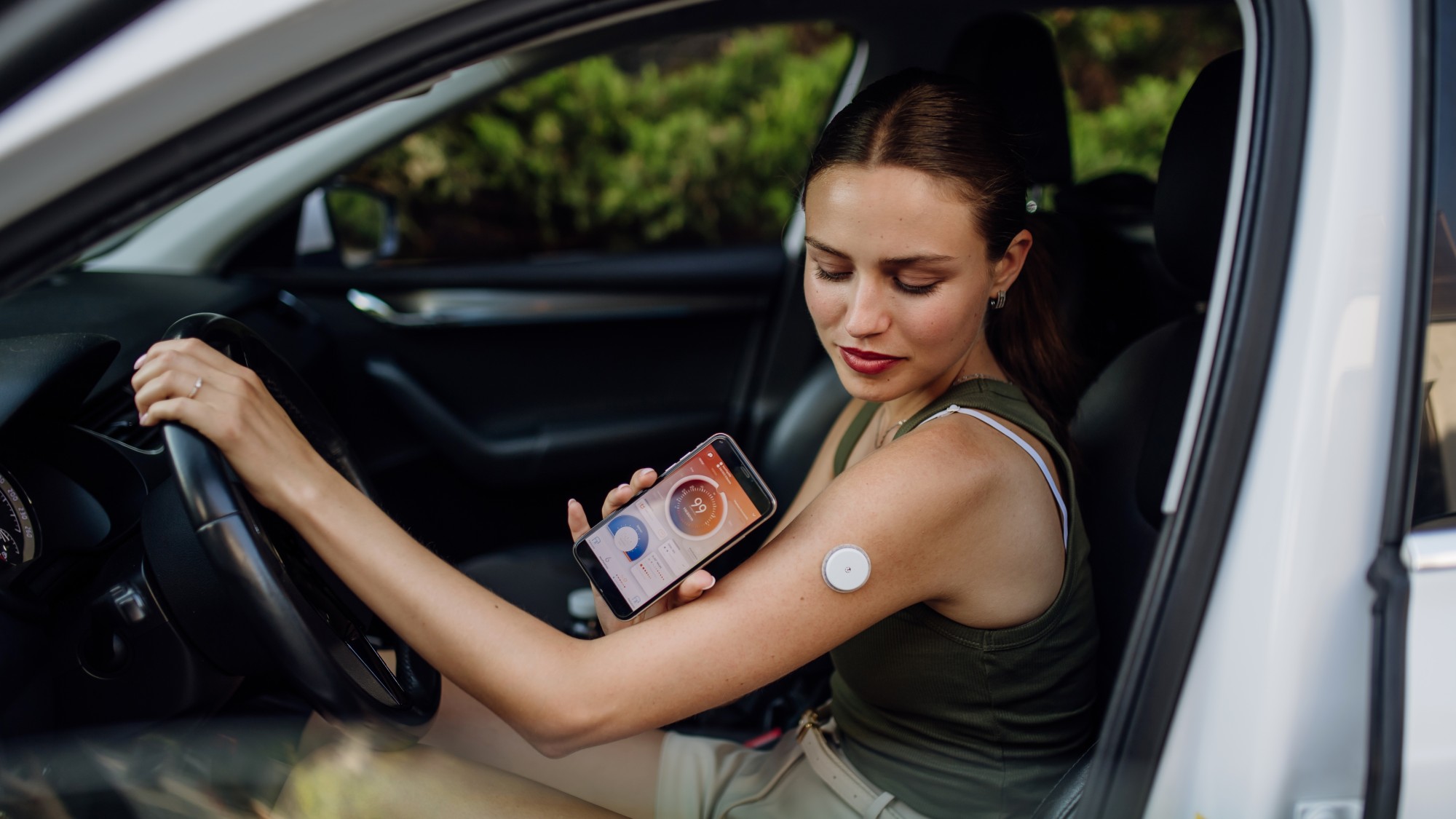
What is diabetes?
There are 3 main types of diabetes:
-
Type 1: The pancreas stops producing insulin. About 85 per cent of cases are diagnosed in people under the age of 21. Associated with a thin or normal body size, it is caused by genetic/autoimmune factors.
-
Type 2: The body is unresponsive to insulin. It is most common in adults, often associated with being overweight. Caused by diet, lack of exercise and other lifestyle factors.
-
Gestational diabetes: Normally a temporary condition that affects between 2 per cent and 10 per cent of pregnant women, it disappears after childbirth.
12 celebrities with diabetes – and how they manage their health
Type 1 symptoms are profound and happen quickly. Many type 2 diabetics are unaware of their condition, which is quietly doing damage in the background.
Early testing and intervention are important. Even type 1s can delay symptom onset by a year or two if they are diagnosed early.
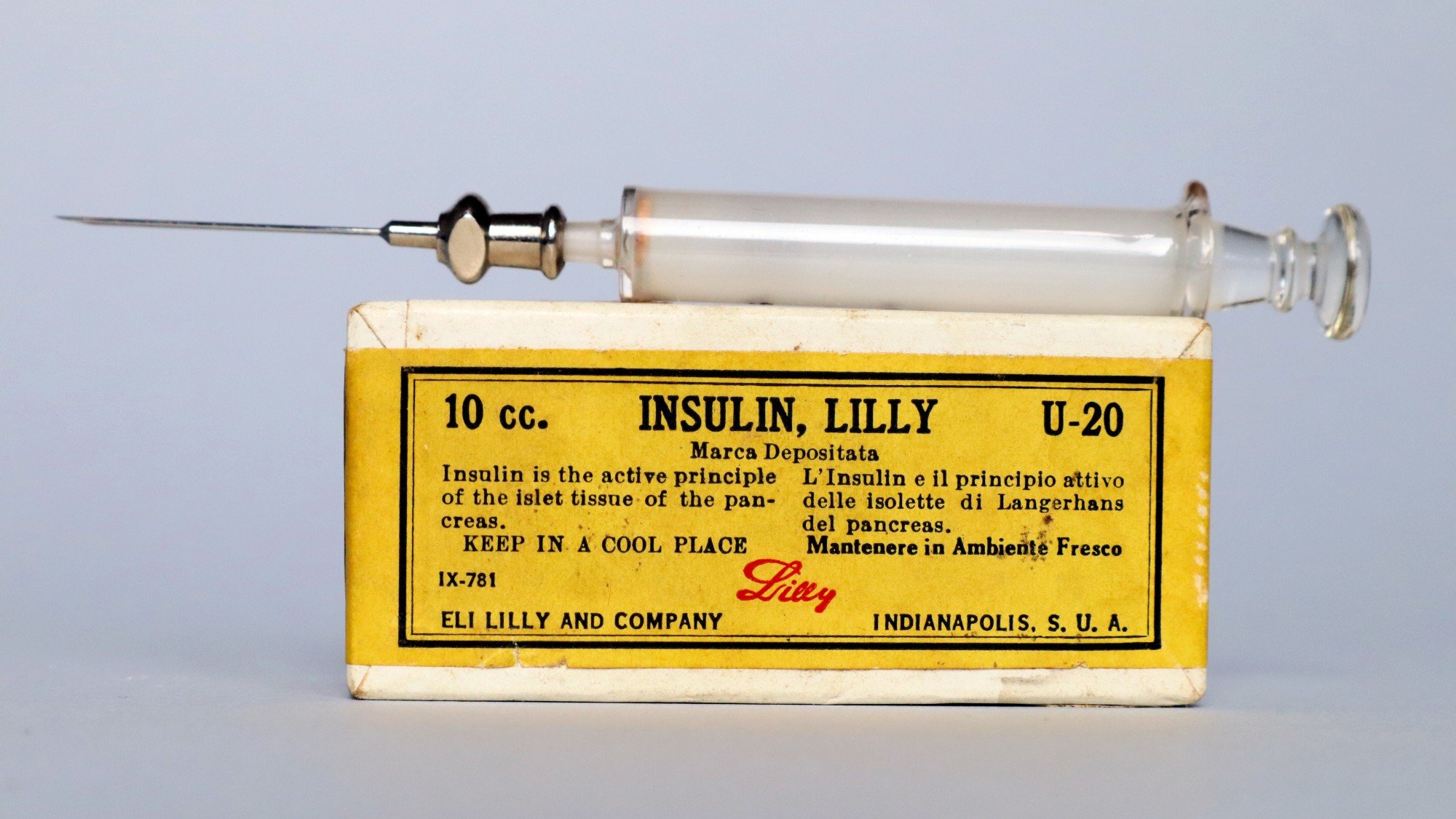
What is insulin?
Insulin moves glucose (sugar) from your blood into your cells. If that process isn’t working properly, two things happen:
-
Sugar builds up in the bloodstream
-
Cells are starved of energy
The body flushes excess sugar through urination, drawing water from cells. This causes excessive urination, dehydration, increased thirst and tiredness. Long-term high blood sugar damages blood vessels, affecting organs, extremities, eyes and nerves. This affects all diabetics.
The body reacts as if it’s starving, and starts burning fat and muscle (eating itself). This causes an increase in appetite and weight loss, and can lead to a dangerous acidic build-up in the blood. This mostly affects type 1 diabetics.
An age-old problem
An Egyptian manuscript from 1500BC describes a “too great emptying of the urine”; around the same time in India, doctors wrote about madhumeha (honey urine).
At some point between 500BC and 400BC, two Indian doctors differentiated type 1 and type 2 diabetes, associating one with youth and the other with being overweight.
Diabetes mellitus is the full name of the disease. The word diabetes (pass through) was coined around 230BC by Appollonius of Memphis, Egypt. The word mellitus (sweet, honeyed) was added around 1675 by Thomas Willis in England.
Ancient doctors and scientists either drank diabetics’ urine in their examination, or noticed how ants were attracted to diabetic urine.

Treatment for diabetes before insulin
Ancient Greeks prescribed exercise, especially on horseback, to reduce urination. Other remedies included drinking lots of wine, overfeeding, various diets and starvation.

250 years of milestones
In 1775, English physician Matthew Dobson identified the sweet substance in urine as sugar.
In 1869, German pathologist Paul Langerhans was studying a rabbit pancreas under a microscope. He noticed clusters of similar cells that were different from the rest of the organ and looked like islands.
In 1893, the pancreatic cells were named the islets of Langerhans by French scientist Edouard Laguesse, who saw the same pattern in a human pancreas.
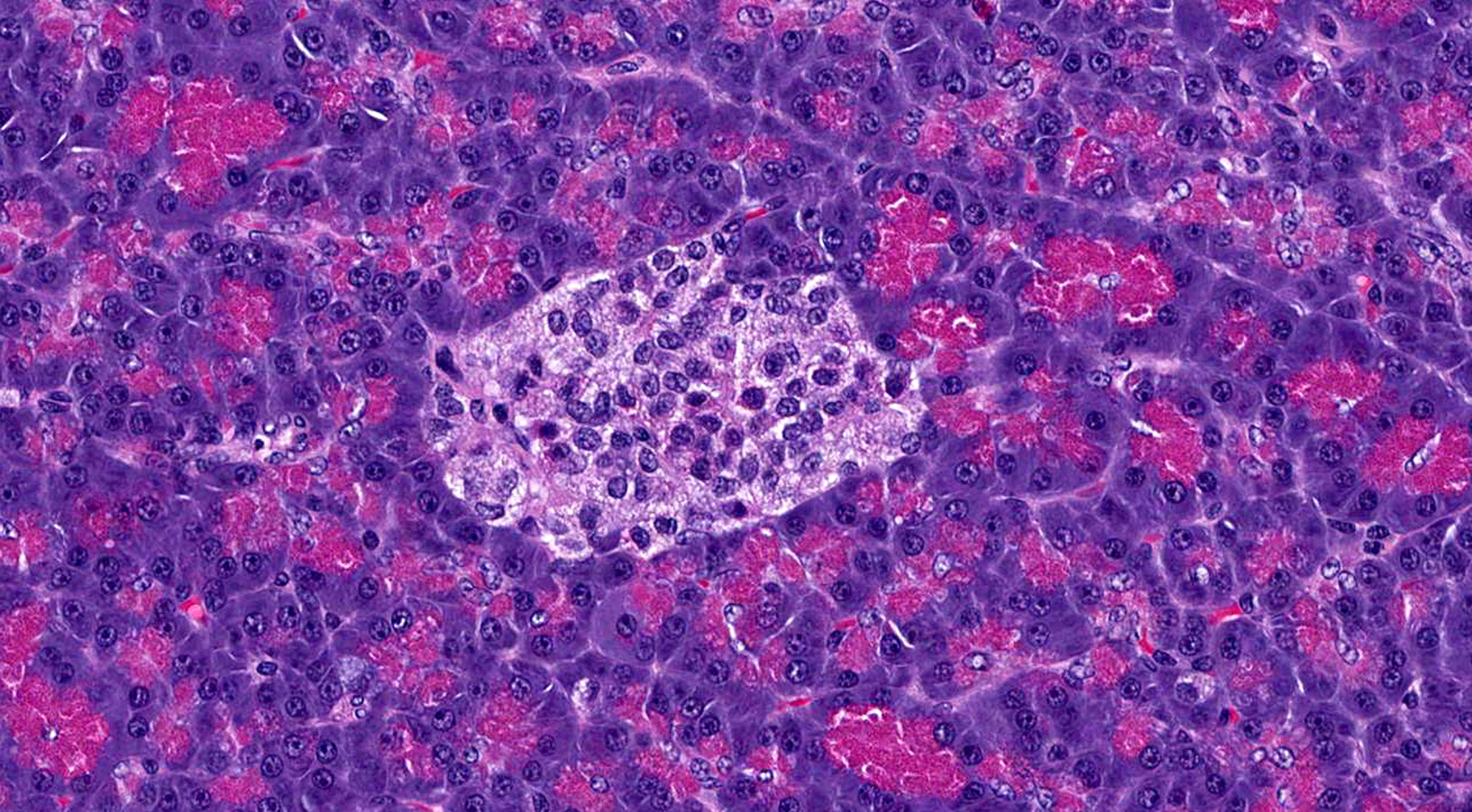
In 1910, the word insulin appeared. British physiologist Sir Albert Sharpey-Schafer noted that diabetics’ pancreases lacked a hormone found in healthy organs. Because it was produced by the islets of Langerhans, he called it insulin after the Greek word for island.
Breakthrough
In 1921, Canadian surgeon Frederick Banting and medical student Charles Best isolated insulin from dogs, induced diabetes (pancreas removal), then treated them with the insulin. The dogs survived until the insulin ran out.
In 1922, 14-year-old Leonard Thompson, who was dying from diabetes, became the first person to be given an insulin injection. The first shot caused an allergic reaction due to an impurity. This was fixed and he received a second shot 11 days later, after which his health improved dramatically. He lived for another 13 years, dying from pneumonia and diabetic complications.
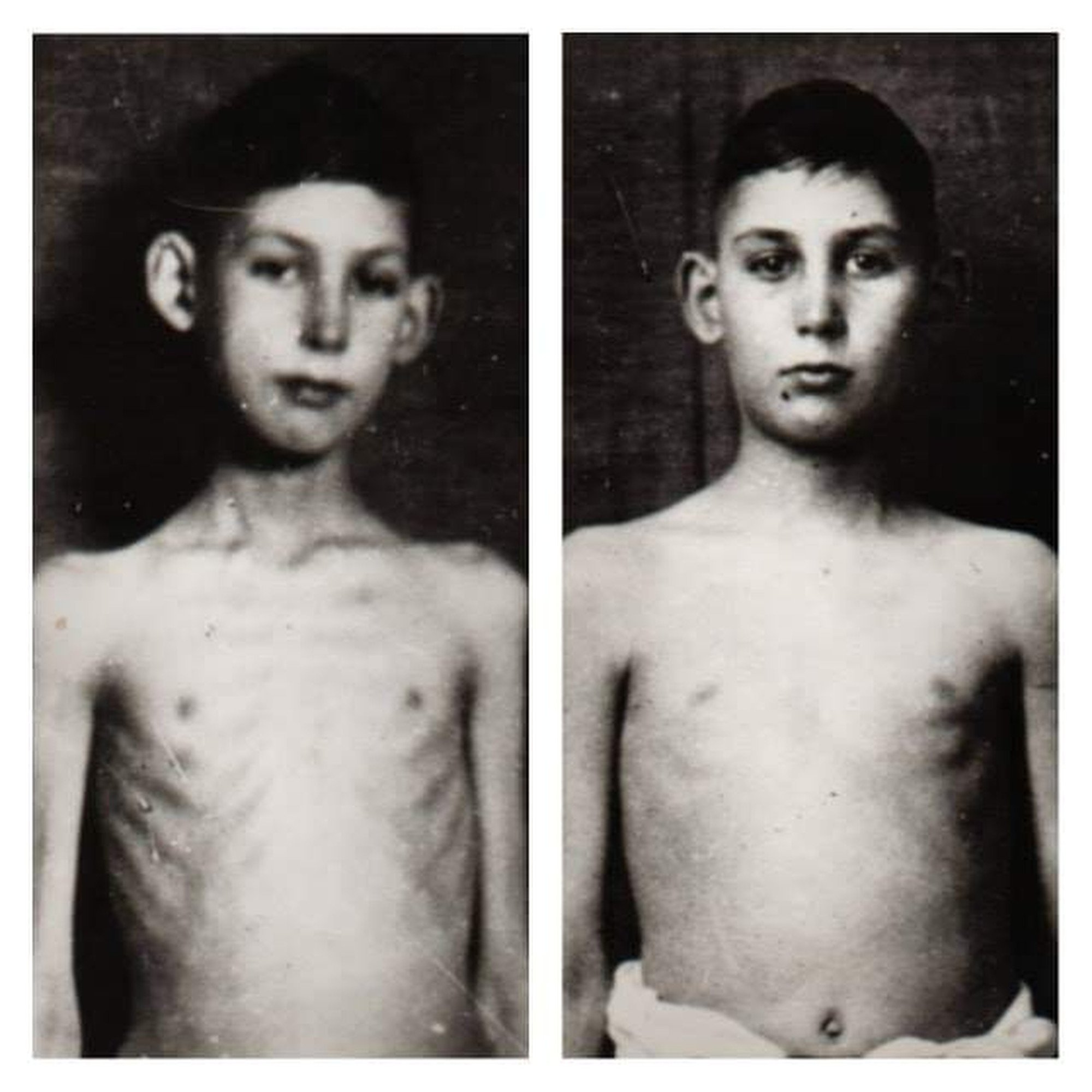
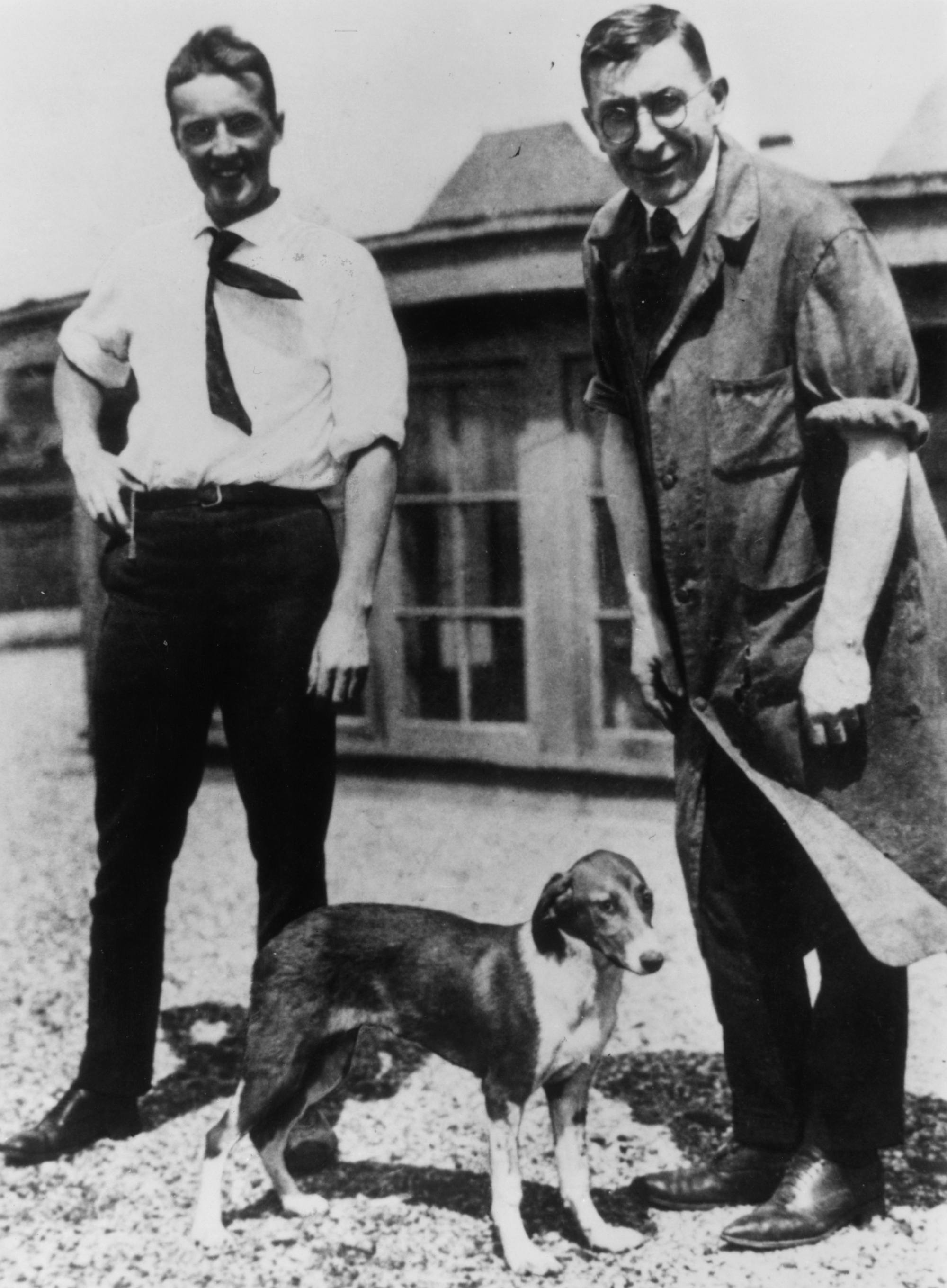
The patent was sold for one dollar to the University of Toronto, in Canada. Banting (whose birthday, November 14, is now World Diabetes Day) believed it should be used for the good of humanity.
Insulin became widely available within a year, but, as Thompson’s death at 27 showed, the battle wasn’t won yet.

Insulin for life
Early injections involved cow and pig insulin – but some people were allergic to the animal insulin and resisted it. Diabetics needed multiple injections of this short-acting insulin every day, with a high risk of having too much or too little.
A longer-lasting insulin was needed to keep blood sugar at a safe level throughout the day.
In the mid-1940s, adding protamine – refined from trout semen – could extend injected insulin’s effects. Zinc and phenol were added to stabilise its pH. In 1950, this was marketed as NPH or isophane insulin. It took 90 minutes to act and lasted 13 to 24 hours. It required two injections a day.
‘Something was very wrong’: a diabetic’s story of his blood turning acidic
In 1978, the first biosynthetic human insulin – identical to human – was created from genetically altered E coli bacteria. The US Food and Drug Administration approved it in 1982, triggering a cascade of new products.
Insulin breaks down when injected into flesh. In simplistic terms, its bond of six molecules must break down to single molecules to enter the bloodstream and do its job. The speed of the breakdown (an injection’s duration) can be altered by strengthening (or weakening) that bond.
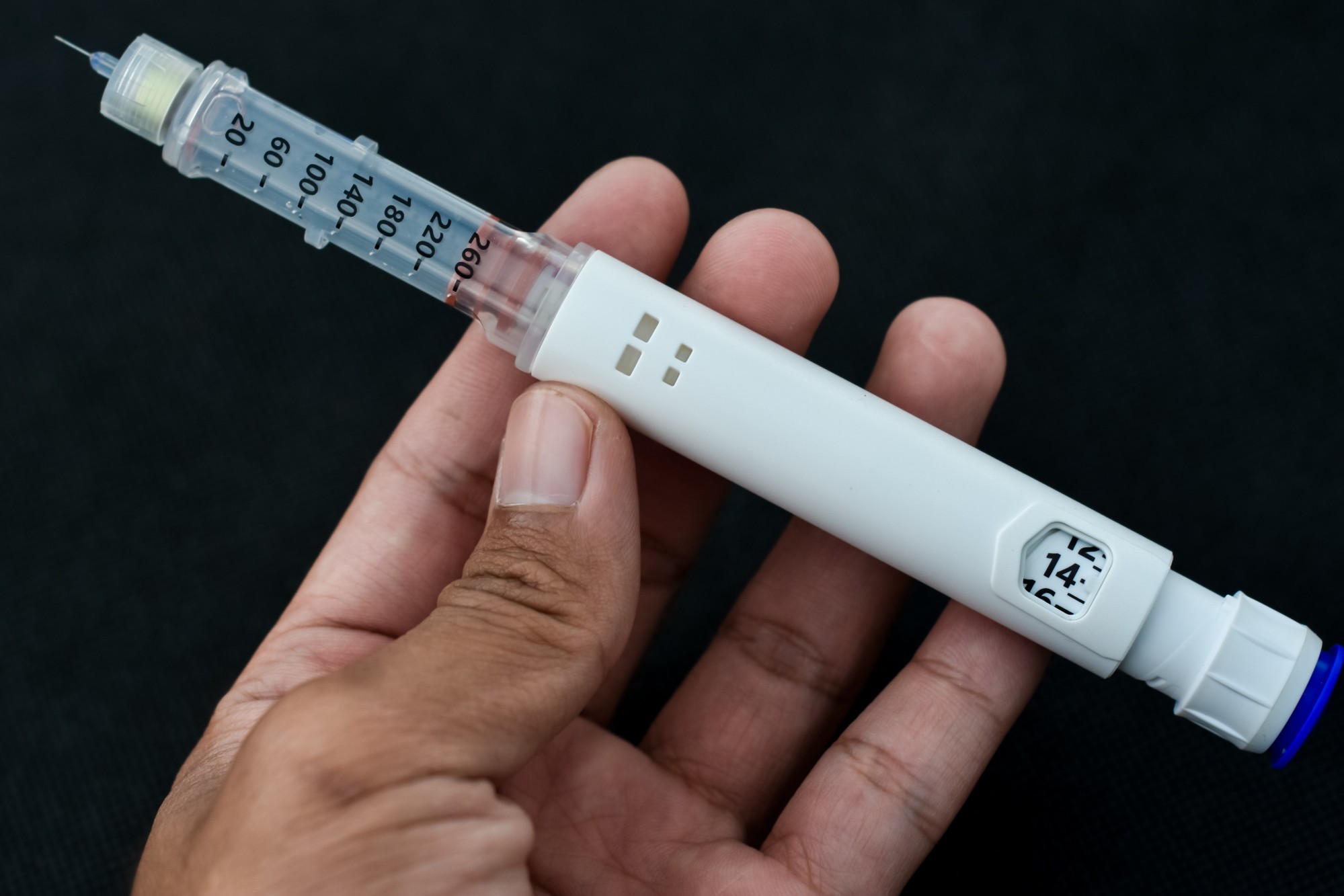
Today a range of insulin types are available:
-
Rapid takes 15 to 30 minutes to act, peaks after 30 minutes to two hours, and lasts for just under five hours. It is used to counteract meals.
-
Super rapid takes 12 minutes to act, peaks after 30 minutes to 55 minutes, and lasts for 90 minutes to three hours. This allows diabetics to inject at the start of or even during their meal.
-
Longer-acting insulins allow for one injection daily, with one fast-acting injection for each meal.
-
Concentrated long-acting insulins involve a smaller injection, a lower peak and a longer duration.
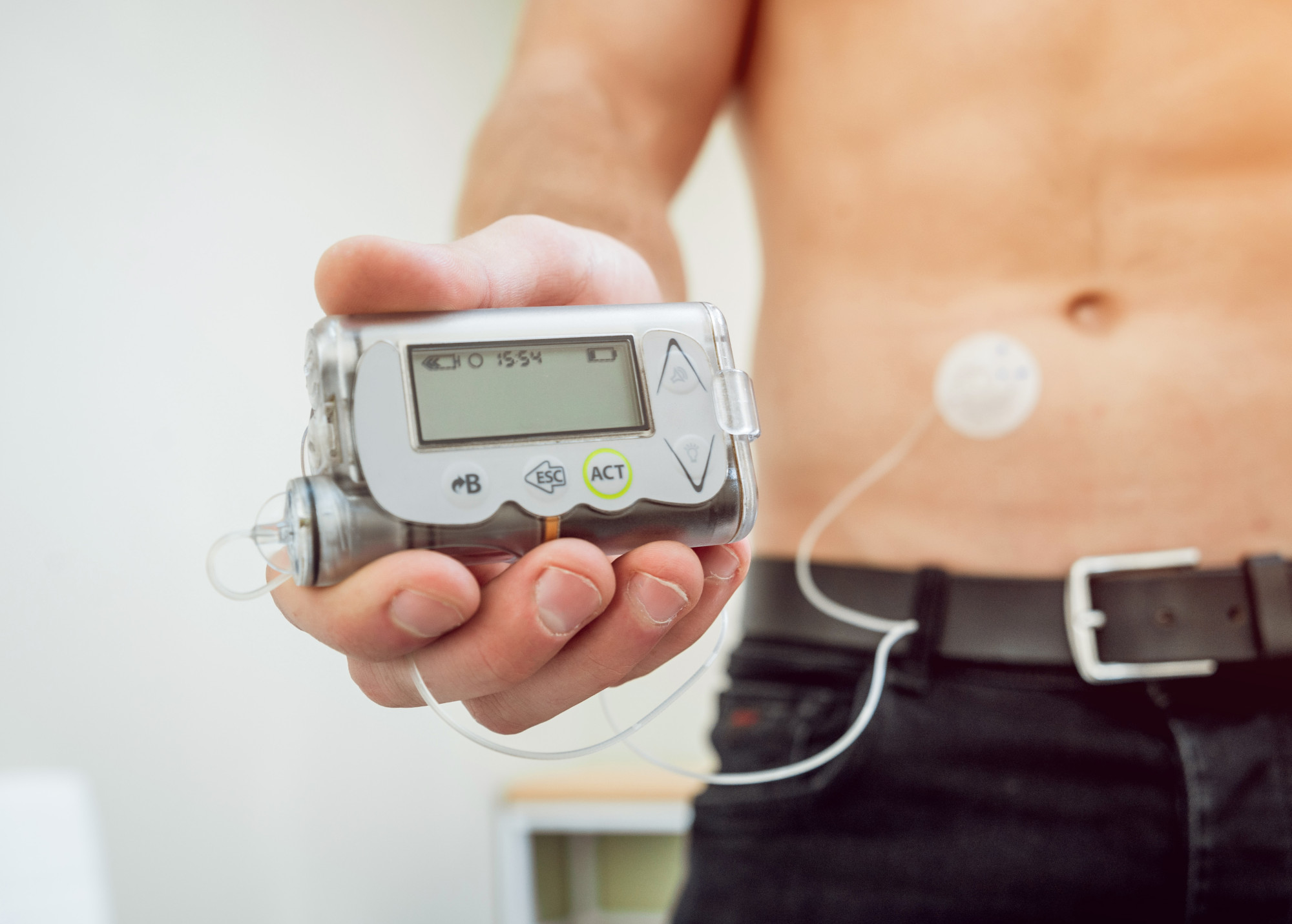
Injection technology has moved on from the syringe and vial. Pre-filled insulin pens allow users to inject themselves with more accurate doses.
Insulin pumps, with a reservoir of insulin, administer doses as well as monitor blood sugar. Invented in 1974 (the first weighed 60kg), they have become smaller and lighter over time.
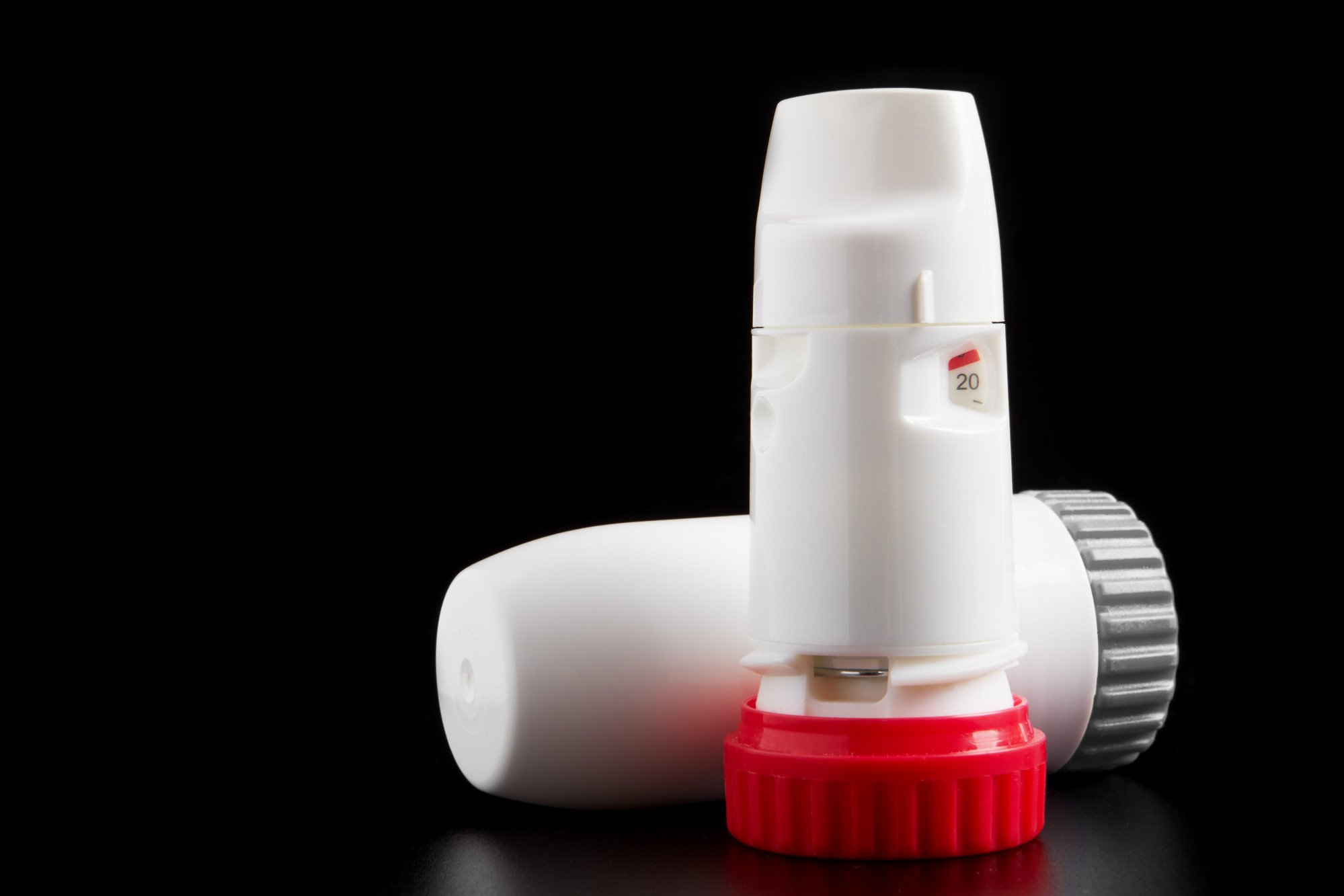
There is one inhaled insulin on the market. A powder that activates through the lungs, it is fast-acting, but shorter-lived than injected insulin.
The global market size for insulin was estimated at US$22 billion in 2022 and is expected to reach around US$28 billion by 2032, poised to grow at a compound annual growth rate of 2.4 per cent in that decade.

